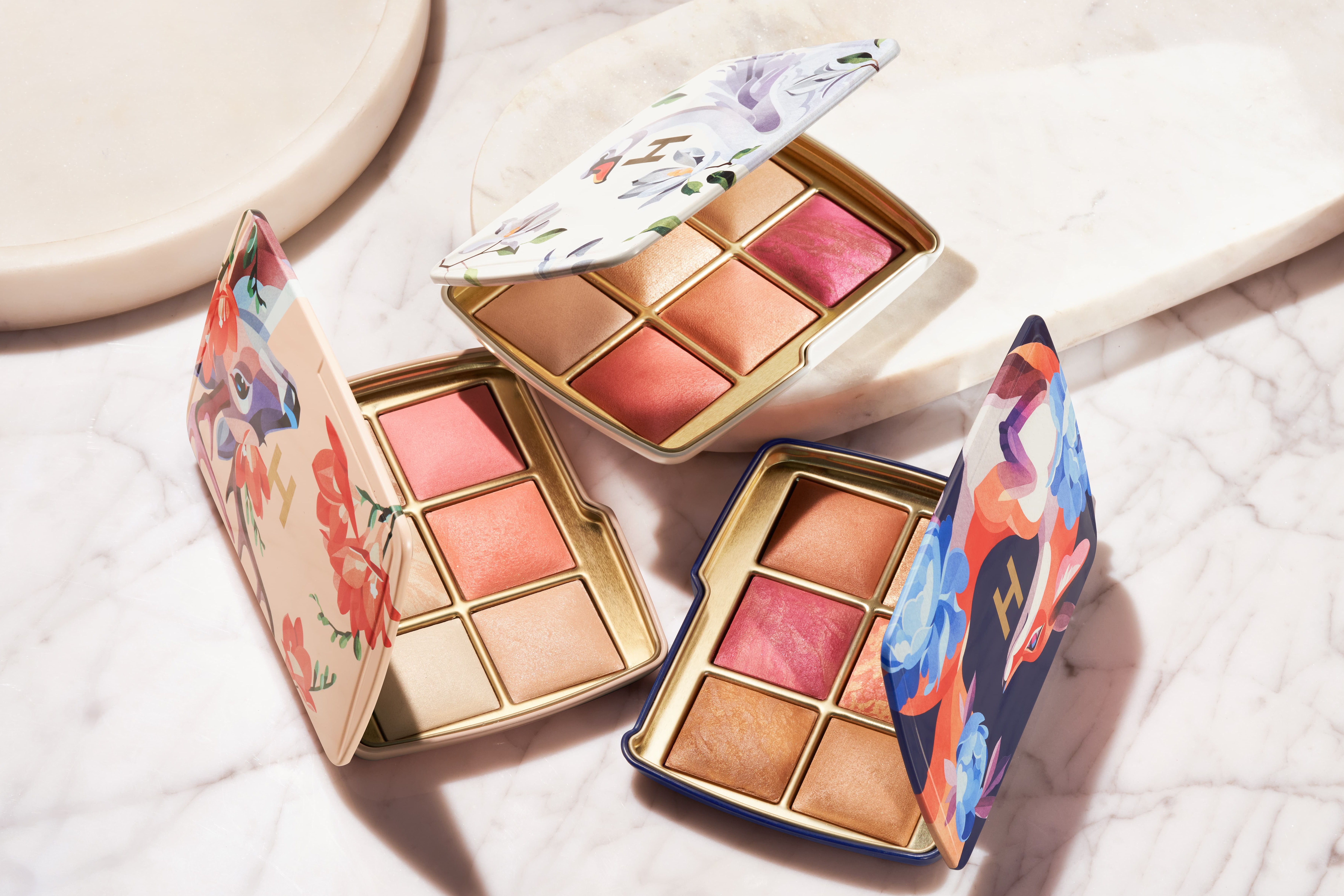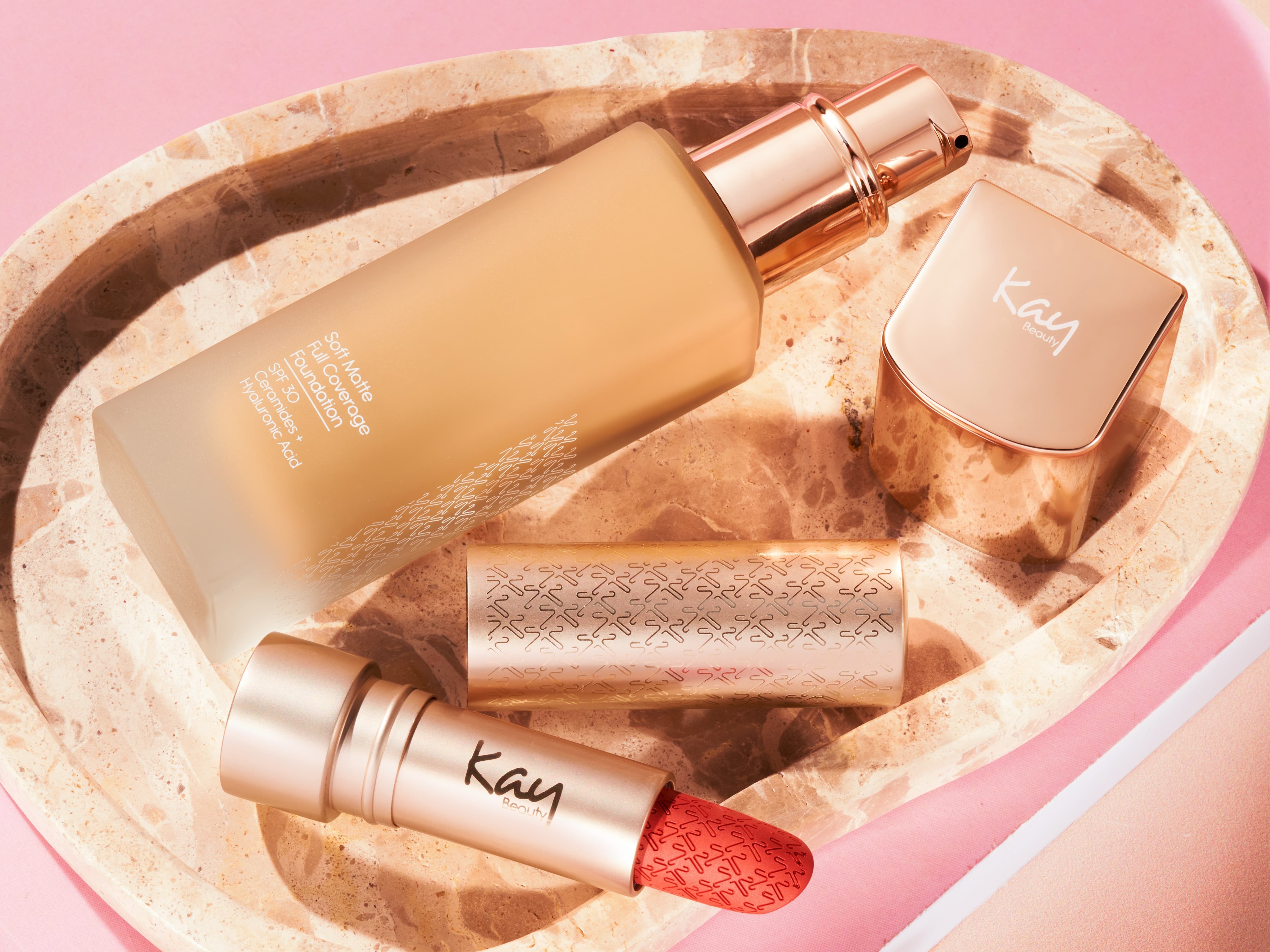How To Get Rid Of Maskne

What Is Maskne?
Maskne has been coined to describe acne breakouts and rashes caused by wearing a face mask. The clusters of tiny whiteheads or under the skin bumps tend to gather along your jawline, cheeks and nose where your mask touches your skin.
What Causes Maskne?
Wearing a face mask over long periods of time can trap dirt and oil, and increase your chances of breaking out. “The mask acts as a block where it is in contact with your skin and the rubbing action can interrupt your protective moisture barrier, leaving your skin dry and dehydrated,” explains Dr. Selena Langdon, founder and medical director of Berkshire Aesthetics . “Dehydrated skin becomes easily inflamed and the sebaceous glands can go into overdrive causing the skin to become clogged.”
It’s not just acne breakouts. “The constant friction of tight-fitting masks can result in itching, redness and eczema type rashes where it comes into contact with skin,” says Dr Adil Sheraz, consultant dermatologist and British Skin Foundation spokesperson.
How Can You Get Rid Of Maskne?
As with almost every skincare concern, there is no instant fix. If you’ve found that your skin is breaking out from where your mask touches it, you might want to use a salicylic acid based cleanser or serum. Don’t be tempted to go full throttle and use it liberally every day, as overuse could lead to irritation. Instead, start by using something like once or twice a week on the affected area.
“You should also go easy on your actives, including retinol, and only use them at night,” says Paula Begoun, skin expert and founder of . “Apply an extra layer of moisturiser where your mask hits your face too. This will help prevent dehydration.” Look for hydrating, lightweight formulas that lock-in moisturiser and allow your skin to breathe. You could also add a couple of drops of Paula's Choice Hyaluronic Acid Booster, € 34,30 as this helps retain water.
How Can You Prevent Maskne?
First and foremost, use a fresh mask or clean your reusable one after each use. If you can, Dr. Langdon also recommends being selective with your choice of material: “Some cause less friction on the skin, try to go for a natural fibre if you cannot access a surgical mask.”
Dry, dehydrated skin is more susceptible to breakouts and irritation, so keeping your skin hydrated is key. “Apply your moisturiser, ideally a water-based formula, at least 30 minutes before you wear your mask,” says Dr. Sheraz. Both the Dr Roebuck’s formula mentioned above and Dr. Dennis Gross Hyaluronic Marine Oil-Free Moisture Cushion, N/A are good options.
For those who are worried about makeup exacerbating the situation: “A thin layer of makeup shouldn’t make much difference, but a thick one could increase acne breakouts when wearing a tight-fitting mask,” says Dr. Sheraz. Opt for a lightweight, hydrating base, such as Laura Mercier Tinted Moisturiser Natural Skin Perfector SPF30, € 27,25, which contains tamarind seed extract to help prevent moisture loss.




.jpg)
